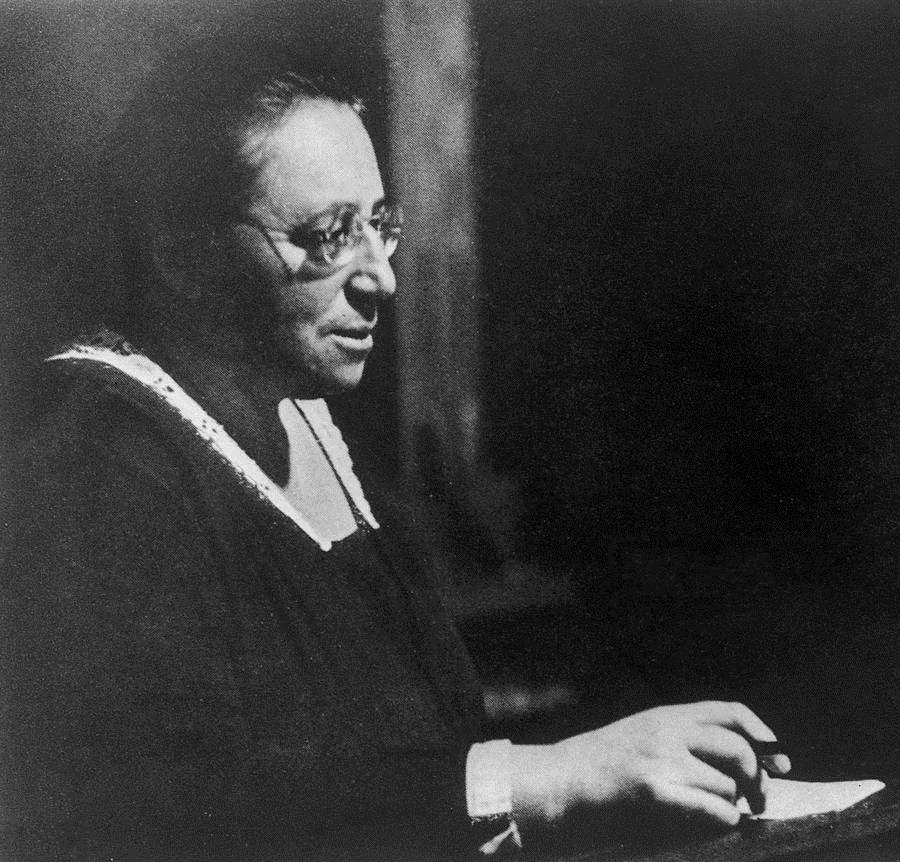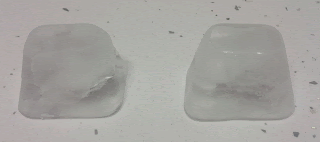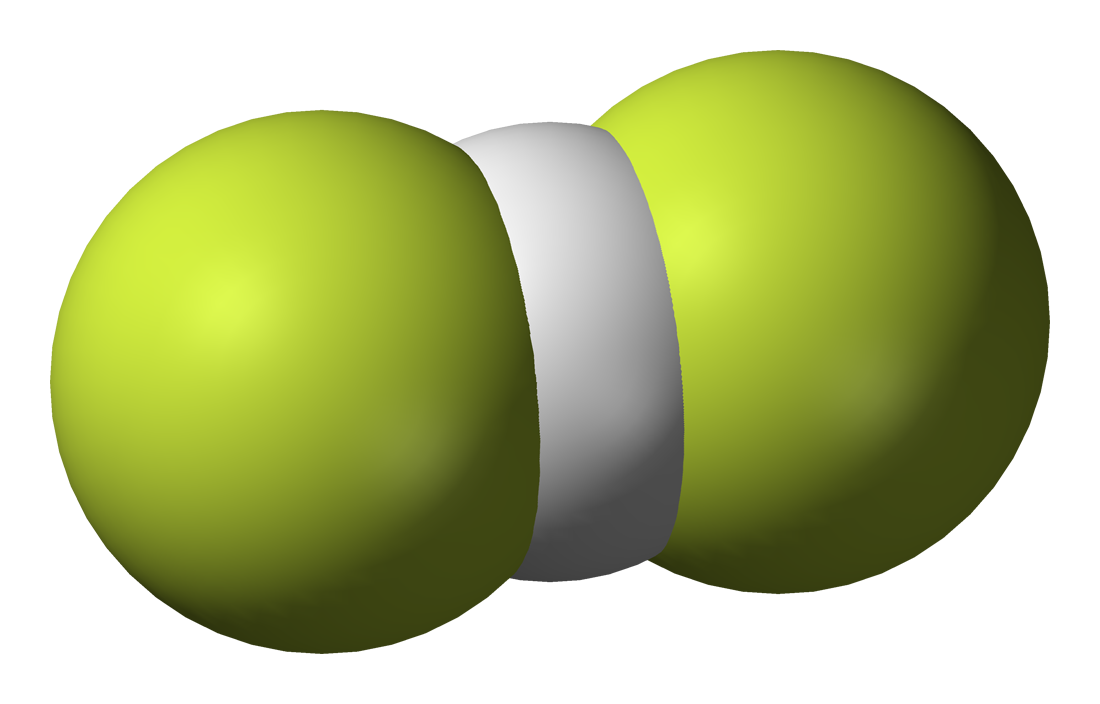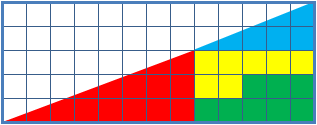One of the most important theorems in physics is the theorem that states:
"To every differentiable global symmetry of a physical system there corresponds a conservation law"
This theorem is known as the first Noether's theorem, in honor of the great mathematician Emmy Noether, who proved it in 1915 in the context of classical mechanics (both relativistic and non-relativistic, but not quantum). By the way, Noether is part of the group of leading scientists and professors in her field who lost their jobs due to the intolerance of the Nazis when they came to power, as they immediately passed a law preventing Jews and Communists from working in universities and public institutions. This happened before the Holocaust and the Second World War. It is important to remember this so that it does not happen again.
This relationship between symmetries and conservation laws established by Noether is one of the most powerful ideas that human beings have ever had. Conservation laws are a very useful tool for finding out how the quantities of a physical system change over time. Knowing that there are physical quantities that do not change allows us to write equations where the unknowns are the quantities that do change. We can then use the quantities that do not change to find out how the other quantities change.
On the other hand, the symmetries of a physical system are related to its aesthetic aspect. For example, a sphere is beautiful because, no matter how you rotate it, it remains the same. Noether's theorem thus relates beauty to usefulness in physics in a certain way. Pragmatism and aesthetics go hand in hand.
However, for the physics student, it is not immediately evident that a continuous symmetry implies a conserved quantity. Apparently, they are two things that have nothing to do with each other. What is the reason for this relationship?
However, today we know that the world is not classical, but quantum, and that classical mechanics is nothing more than an approximation of the behavior of physical systems in a certain limit. Therefore, Noether's original proof does not serve us for the fundamental laws of nature. Does Noether's theorem still hold in quantum mechanics?
These are the two questions we are going to answer in this post.






























